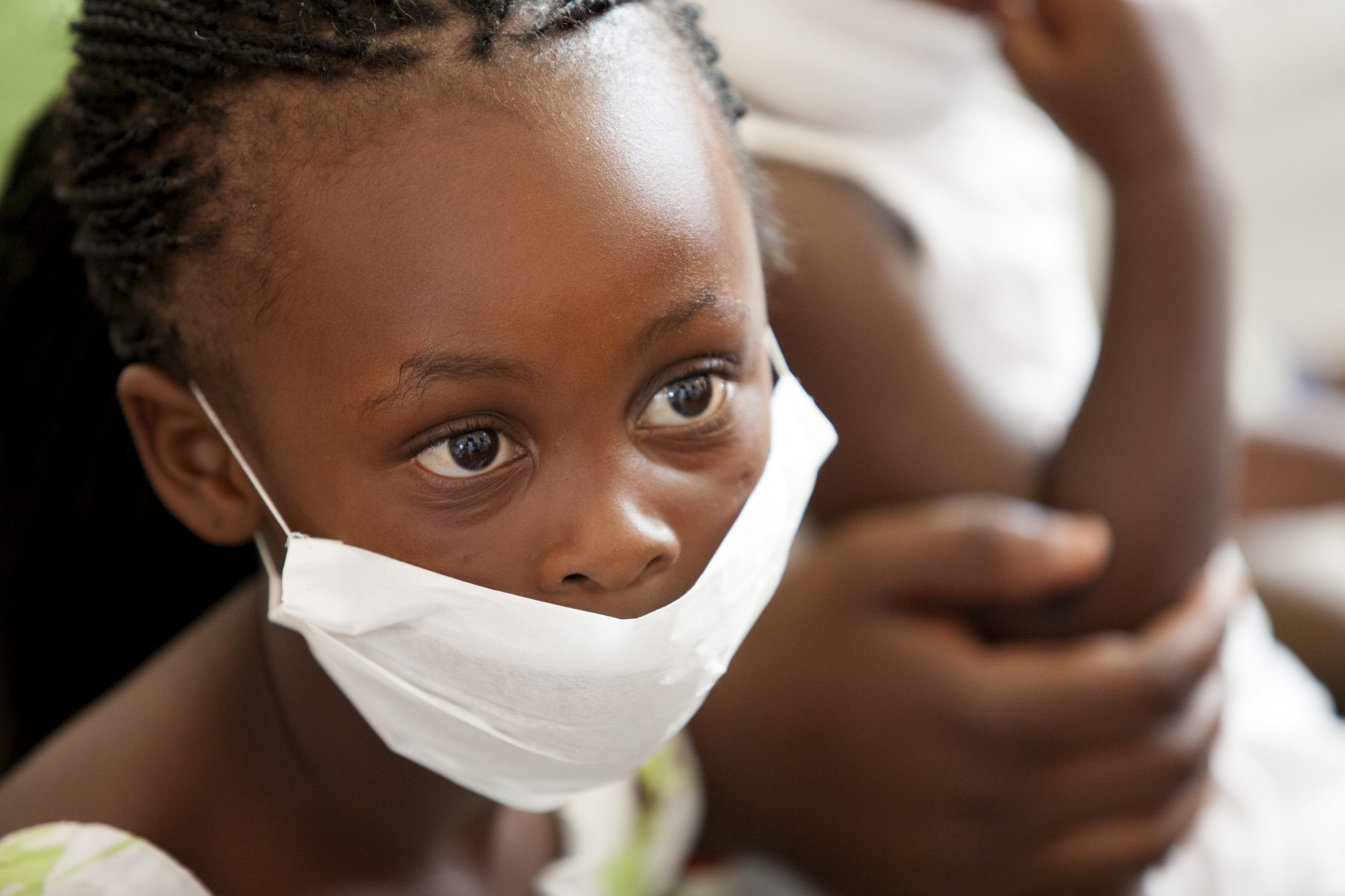Dr Prebo Barango and Prof Jean-Marie Dangou from the WHO Regional Office for Africa argue that reducing the burden of cardiovascular diseases in Africa is imperative
Since the turn of the 21st century, the 47 Member States of WHO in the African Region have been grappling with the growing burden of cardiovascular diseases (CVDs). Often described as a slow-burning epidemic due to its insidious nature, unlike the acute pandemics and epidemics that the region has had to deal with, especially in the past two decades, CVDs are equally as devastating as the other public health issues that Africa faces, if not more. There were 1.09 million deaths from CVDs in 2019, and mortality from CVDs account for the highest NCD mortality across all the countries in the African region. The contribution of CVDs to total all-cause deaths ranges from 10% in Angola to 36% in Algeria(1).
What are cardiovascular diseases?
Cardiovascular diseases are disorders of the heart and blood vessels. They include conditions such as coronary heart disease (affecting the blood vessels to the heart muscle), cerebrovascular disorders (affecting the blood vessels to the brain), peripheral arterial disorders (affecting the arteries in the limbs), rheumatic heart disease (destruction of the heart valves and muscles due to sequelae from rheumatic fever), congenital heart disorders, deep vein thrombosis and pulmonary embolism.
The age-standardized death rate from CVDs of 262/100,000 population in Africa is significantly higher than the global average of 208/100,000. It is equally worrisome that half of these premature deaths occur in those less than 70 years. According to the most recent WHO data, CVDs accounted for 14% of all-cause mortality in the African region in 2019. Stroke and heart attacks account for 73% of all CVD deaths in the region(1).
Burden of cardiovascular diseases in Africa
The increasing burden of CVDs in the region are driven by the rising prevalence of behavioral risk factors for CVDs, such as tobacco use, harmful use of alcohol, physical inactivity, and consumption of foods high in salt, fats and sugars that result in obesity. In 2010, approximately 7% of the region’s adults were classified as obese. However, this figure increased to 10% in 2019, and the projection is that this will worsen, given the increasing trends in childhood obesity.
The physiologic risk factors, including high blood pressure, raised blood lipids, and raised blood sugar, are often mediated by behavioral risk factors. Hypertension is one of the most important risk factors for CVDs. The regional prevalence of hypertension in adults from 30 to 70 years in age is 35%: higher than the 33% global average. However, the 11% control rate for hypertension in the region reflects the huge gaps in awareness, enrollment, and retention of optimal treatment across the region. In Africa, 54% of the estimated 24 million people with diabetes are undiagnosed.
Signs and symptoms of myocardial infarction
Usually, CVDs remain insidious, and an acute exacerbation of underlying CVD is often the primary indication of pre-existing disease. One should know the signs and symptoms of myocardial infarction (heart attack), including pain or discomfort in the center of the chest, pain or discomfort in the arms, left shoulder, elbow jaw or back, and difficulty breathing. For stroke, common symptoms include numbness of the face, arm or leg, especially on one side of the body; confusion, difficulty with speech or comprehension; difficulty seeing with one or both eyes; difficulty with walking, dizziness, loss of balance or coordination; severe headache with no known cause; and fainting or unconsciousness. People with any of these symptoms should seek urgent medical care.
CVD: Other impacts
In addition to the high premature mortality, CVDs contribute significantly to morbidity and disability. These together have a significant impact on the social and economic development in the region. For example, stroke and heart attack were ranked as the ninth and 11th most common cause of disability-adjusted life years (DALYs), respectively, in 2019. The high burden is due to poor access to early detection and care as most countries in the region are still transitioning from the acute care model of infectious diseases to longitudinal patient- centred, integrated and comprehensive care needed for the prevention and care of CVDs.
CVDs contribute to out-of-pocket spending and thus have more impact on the poor by worsening health inequity and perpetuating poverty. Besides, CVDs affects a younger and productive population in Africa than in the rest of the world. Thus, CVD-related loss of productivity progressively pushes an additional number of individuals into poverty, requiring urgent attention. This profound inequity threatens the attainment of universal health coverage (UHC) and the realization of political commitments in the 2030 UN Agenda for Sustainable Development. Estimates say that a 10% reduction in mortality from the two most common CVDs (ischemic heart disease and stroke) in low- and middle-income countries between 2011 and 2025 will result in a $377 billion reduction in economic losses(2).

Addressing the burden of CVDs
Based on all the above, reducing the burden of CVDs is imperative and key to attaining the SDG target 3.4: one- third reduction in premature mortality by 2030, as well as the SDG target 3.8 on UHC. Addressing the burden of CVDs also impacts other SDG targets, including those that relate to equity and education. It hinges on implementing population and individual-level interventions aimed at reducing the risk factors for CVDs through the development and implementation of policies that encourage the adoption of healthy lifestyles and; strengthening the health system to deliver decentralized comprehensive, and person-centered integrated care.
CVDs and other NCDs are framed as a health and a development issue requiring a comprehensive approach. The World Health Organization supported the Brazzaville declaration on NCDs signed by all African Ministers of Health in 2011, the WHO Global Action Plan for the Prevention and Control of NCDs in 2013 and the global monitoring framework. The Sustainable Development Goals also validated the need to address NCDs explicitly in goal 3 and indirectly in all other goals. Following the adoption of the SDGs in 2015, the NCD Global Action Plan was extended to 2030 by the World Health Assembly in May 2019 to align with the 2030 timeline of the SDG. In addition, the implementation roadmap 2023–2030 for the global action plan for the prevention and control of NCDs 2013–2030 was adopted at the 75th World Health Assembly in 2022. WHO also provided the most current and relevant evidence-based global public health guidance on initiating treatment with pharmacological agents for hypertension in adults to complement other available tools and technical packages(3).
Closing thoughts on CVDs
There is a rise in CVDs in the WHO African region. Available projections suggest that CVDs and other NCDs will overtake communicable diseases as this region’s most frequent cause of death in a few decades. However, Africa is unprepared for this growing burden, as there is evidence of insufficient healthcare infrastructure and resources and serious deficiencies in the number of CVDs professionals. The relationship between poverty and CVDs is bidirectional.
The intersection between poverty and CVDs cuts through primordial, primary prevention and secondary prevention interventions. Skewed and disproportional budget and resource allocations towards CVDs compound this. Primary prevention should be the key strategy to reduce morbidity and mortality from cardiovascular diseases in Africa. In addition, high-level strategic planning and partnerships should be implemented, involving governmental, non-governmental and international organizations, professional societies and associations, and local stakeholders.
References
1. World Health Organization. Global health Observatory. Cause specific mortality 2000-2019. https://www.who.int/data/gho/data/themes/mortality-and-global-health-estimates/ghe-leading-causes-of-death
2. WHO. Scaling up action against noncommunicable diseases: how much will it cost? World Health Organization, 2011. https://apps.who.int/iris/bitstream/handle/10665/44706/9789241502313_eng.pdf
3. WHO. Cardiovascular Diseases. https://www.who.int/health-topics/cardiovascular-diseases#tab=tab_1








